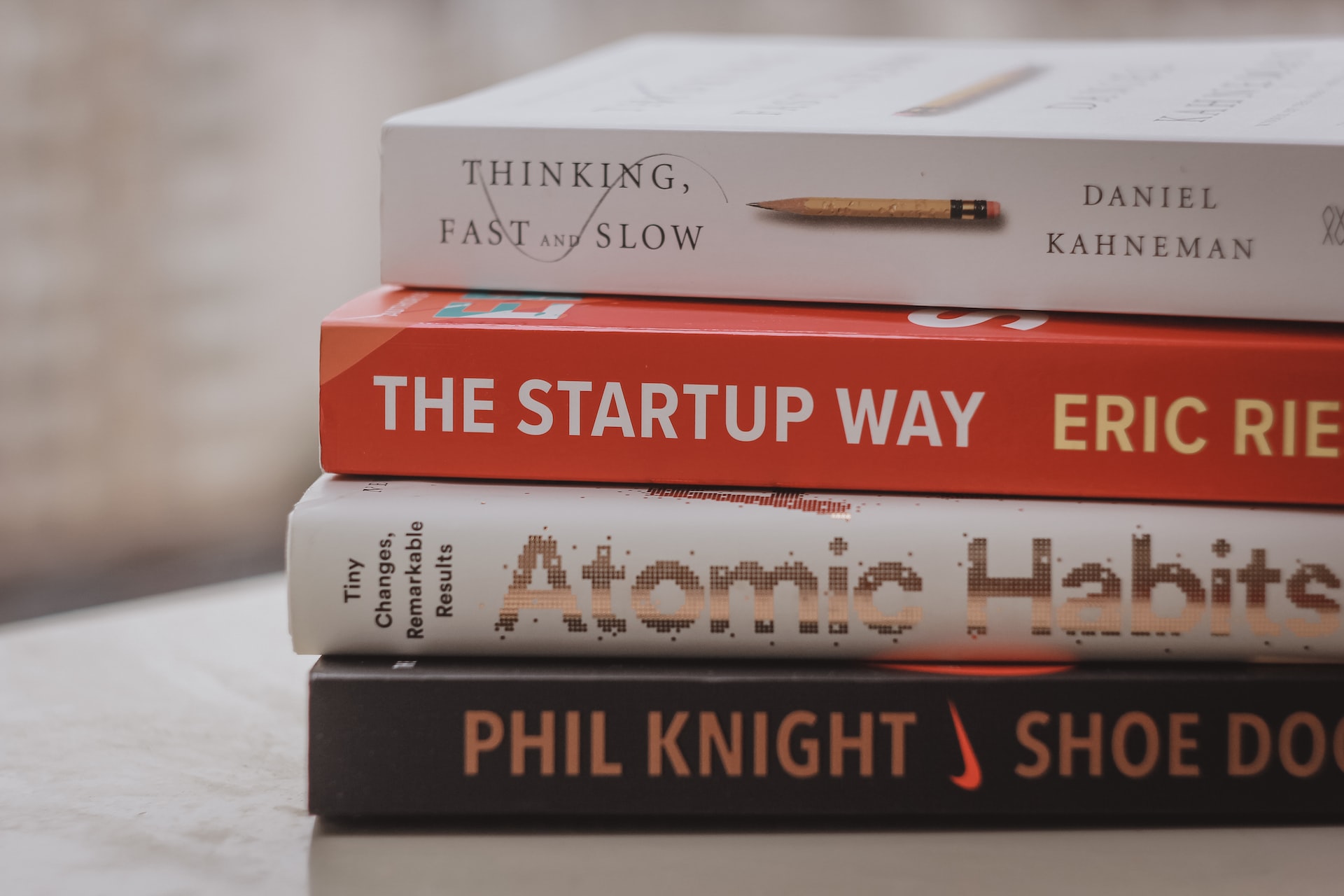3 Tips for Navigating the Startup Journey: Lessons Learned from a Former Facebook Engineer

I started my career as an engineer at Facebook before leaving to build a startup. Transitioning from a well-defined engineering individual contributor role to a nebulous startup leadership role meant a lot of falling on my face and a lot of lessons learned.
Here are 3 tips to keep in mind if you’re starting on this journey and want to fail less than I did.
1. Focus on What Matters by Zooming Out
In every context, it’s important to not get stuck on unimportant details.
When building an early stage startup your time is one of the few resources you can spend, so you better be spending it wisely.

Y Combinator likes to say “the most important tasks for an early stage company are to write code and talk to users.”1 So if you’re busy trying to get tech interviews to hype yourself up when you don’t have a product people love, you might be doing a “feel good” task rather than an “actual progress” task.
As another example, you might be having all-hands meetings that take forever where your team is diving too deep. Remember that a startup is where you can make a decision quickly, build something to test it out, then go back to the drawing board. Make sure you’re actually addressing the goal of the meeting and not bikeshedding; Implementation details can be figured out offline.
Your ultimate goal is to find product-market fit as fast as possible, so every step you take should be mapped out to get you closer to that goal.
So always take a moment to breathe and align.
2. Learn More by Being Humble
The question “What does your startup do?” to an early stage startup founder translates to “What’s your current hypothesis?”
That’s because when you’re building a startup, you’re not really sure if it’s going to work. If you were sure, then you’d have no trouble securing investors. You’d invest all your savings and spend all your time on the sure win, and you’d be a billionaire in no time.

But that’s not real life.
In real life, you need to learn enough until you find a problem big enough worth solving, learn who the audience is you’re solving for, learn what the product is that solves the problem, and learn how to build said product. You’ll probably even need to learn about building a business in general and about self-development.
Therefore, think of building a startup as building a vehicle for learning. Put on a growth mindset rather than a fixed mindset, and get ready to change your mind a lot as you develop new ideas.
As a corollary, this also means you shouldn’t jam your product down everyone’s throats. Any time you mention your product, your features, you’re pitching.
Talking about your product is effectively “jamming your product down their throat” even if you don’t realize it.
If you have been doing this, I highly recommend reading The Mom Test to learn how to talk about the problem space instead, and in doing so properly engage a conversation for learning.
Finally, we’re conditioned to think of failures as bad things, so I’m going to state it clearly for you: A failure means you’ve learned. You’ve found one way that doesn’t work. Now there’s 1 less option between you and success you were looking for. Thus you can actually think of failing as a progress milestone towards success.
So just continue failing until you win.
3. Execute Fast by Being Confident
This may seem counterintuitive to the previous point, but it’s not. You need to be confident in your strides and make them as quickly as you can. Be snappy in making decisions and executing, and accept that you won’t be perfect all the time.

As an example, when talking to users you should be formulating very specific, clear, and disprovable hypotheses, and then setting out to disprove them. Something like “Are software interns in San Francisco going to pay me $50 a month to rent this massage chair with built-in laptop stand?” You may want to shy around that question because the answer might be no, but remember that by default you start with a no. It’s important to hear it from them so you can at least move on. A “no” is progress. You will survive, and you will go on to ask the next iteration of your question.
This also means you should be paying for services that accelerate you. Analytics? Hosting? Community management? If it’s less than $100/month and providing you concrete value and saving you time, then it’s an obvious yes.

The time you save is more than worth the cost!
(If you don’t have $100/month to spare on services, you have bigger problems - I advise finding a job and saving up a bit before setting out to build a business.)
As a rule of thumb, if you feel very comfortable about a decision, you’ve probably waited too long. You want to exploit the fact that at a startup is where bureaucracy doesn’t hinder you from making decisions. Again, you should just do it, and if you fucked up, move on to the next. No one is breathing down your neck for falling on your face; Your team should understand that this is how you take steps forward.
So move.
Conclusion
Ultimately, a startup founder has to balance a lot of different ideas and priorities. I know it’s hard to take these ideas to heart if you haven’t experienced these scenarios firsthand, but I hope they help you make the right decisions you need to succeed.
Good luck.
Bonus tip: Read less of these articles. There’s a saturation limit of these startup tips and stories that you can hold in your head before they stop having impact, and that limit is surprisingly low. It might feel like learning but it’s not. The real information is in your customers’ heads, so go there.
Just do it!

← Back to home